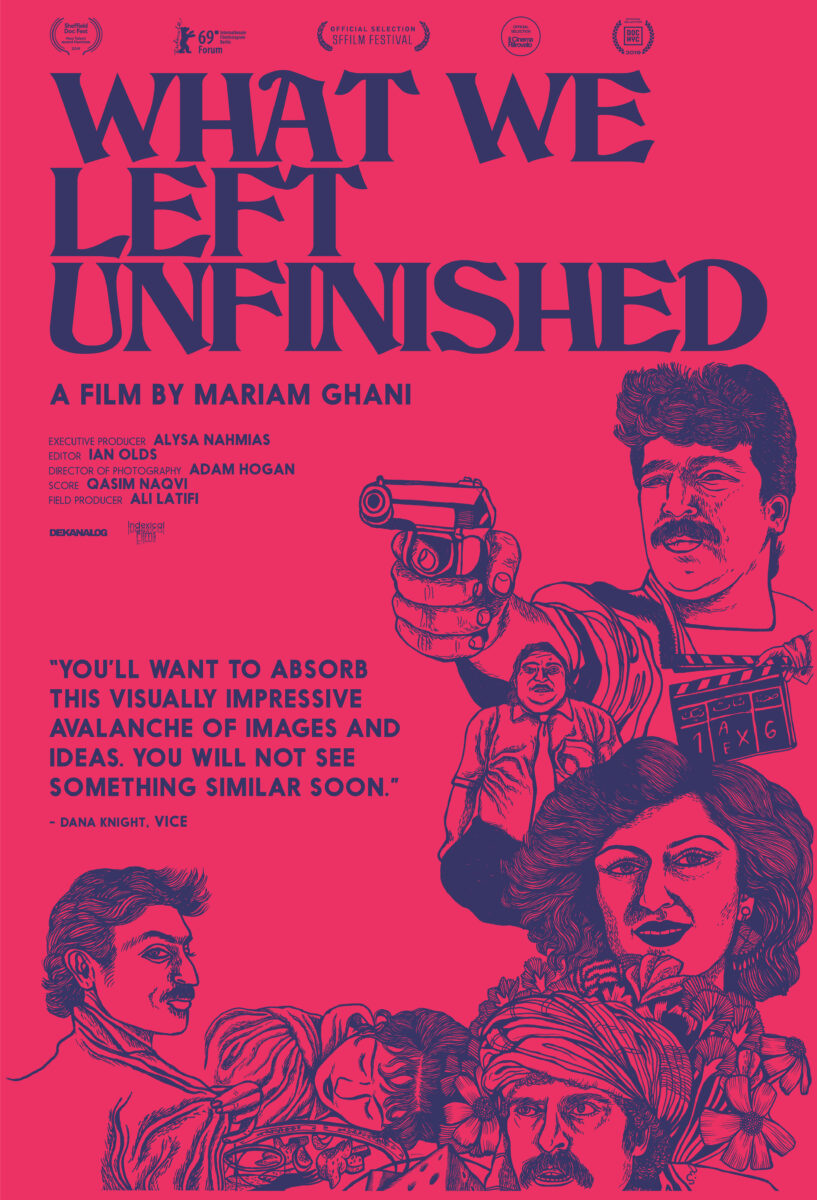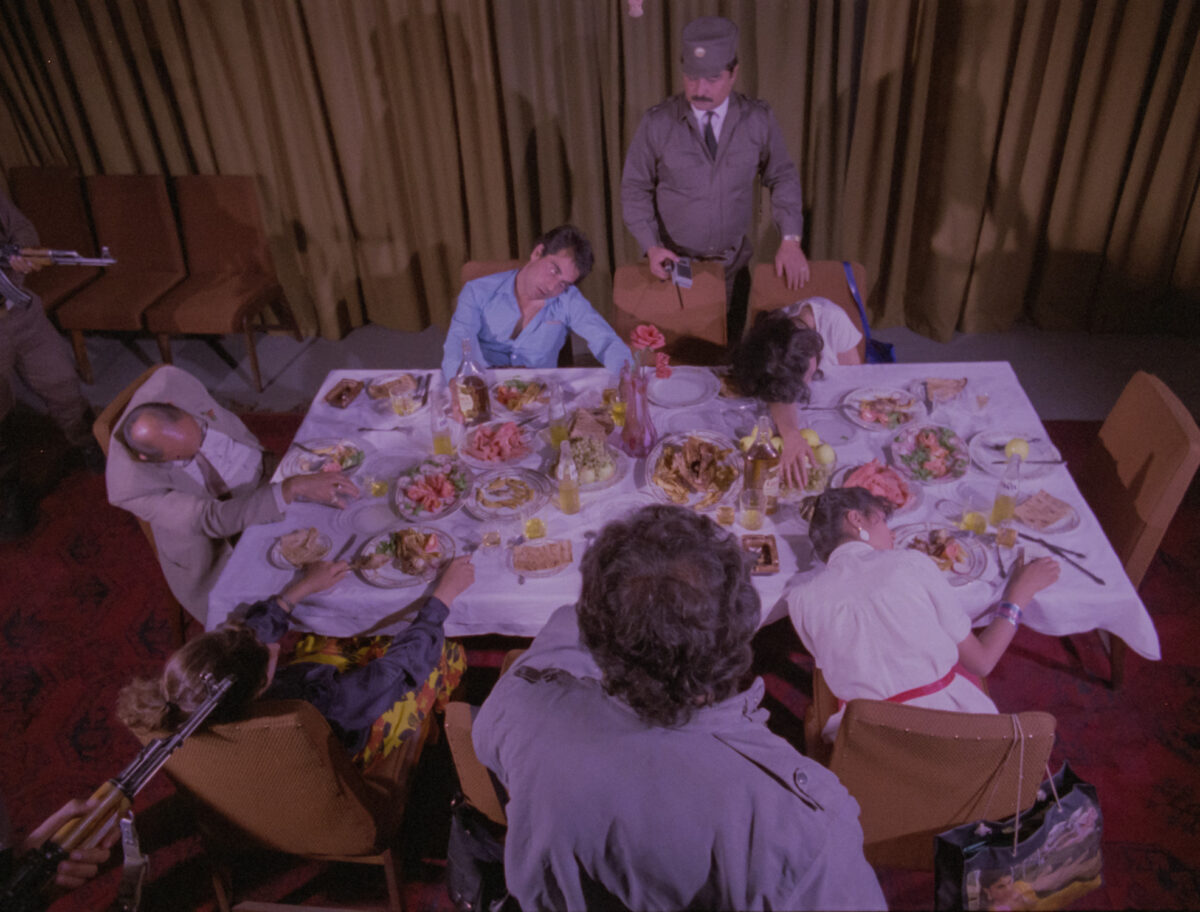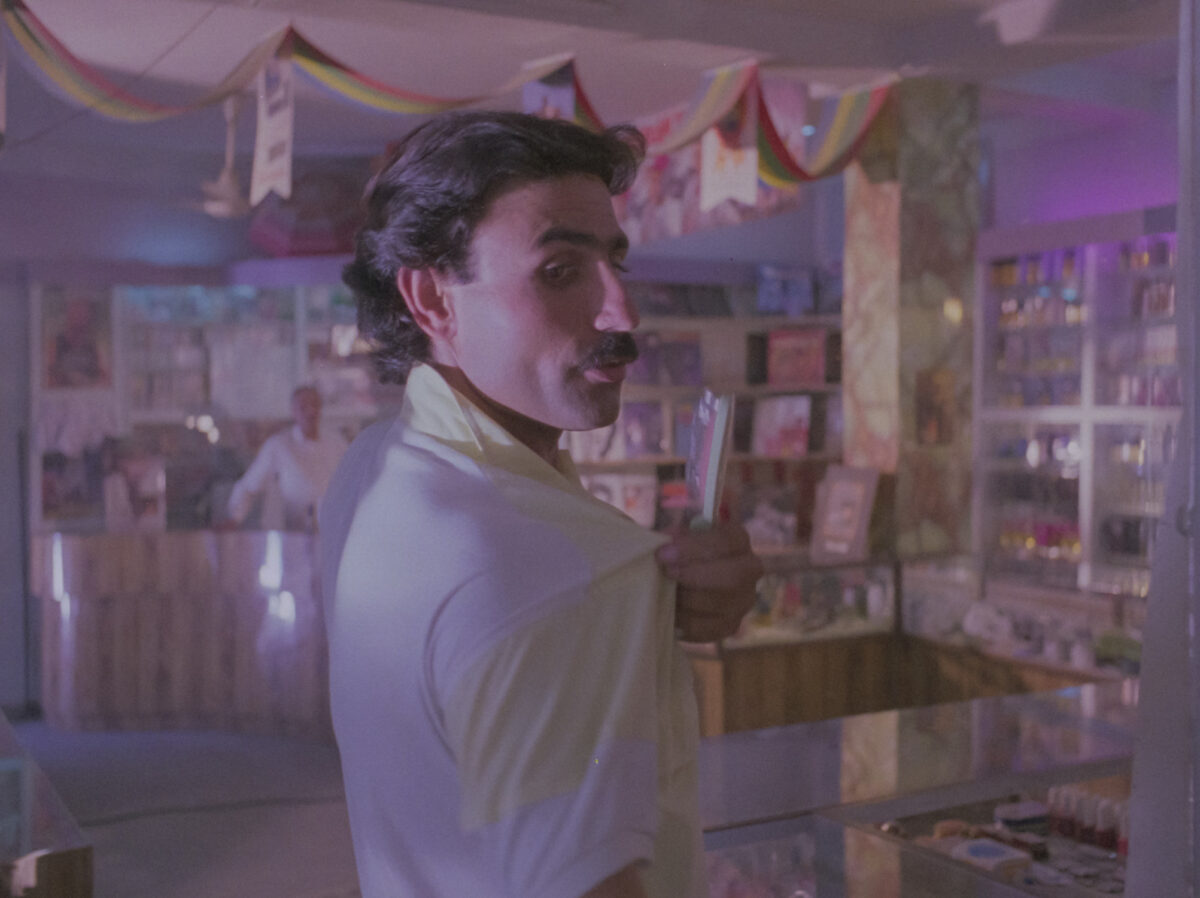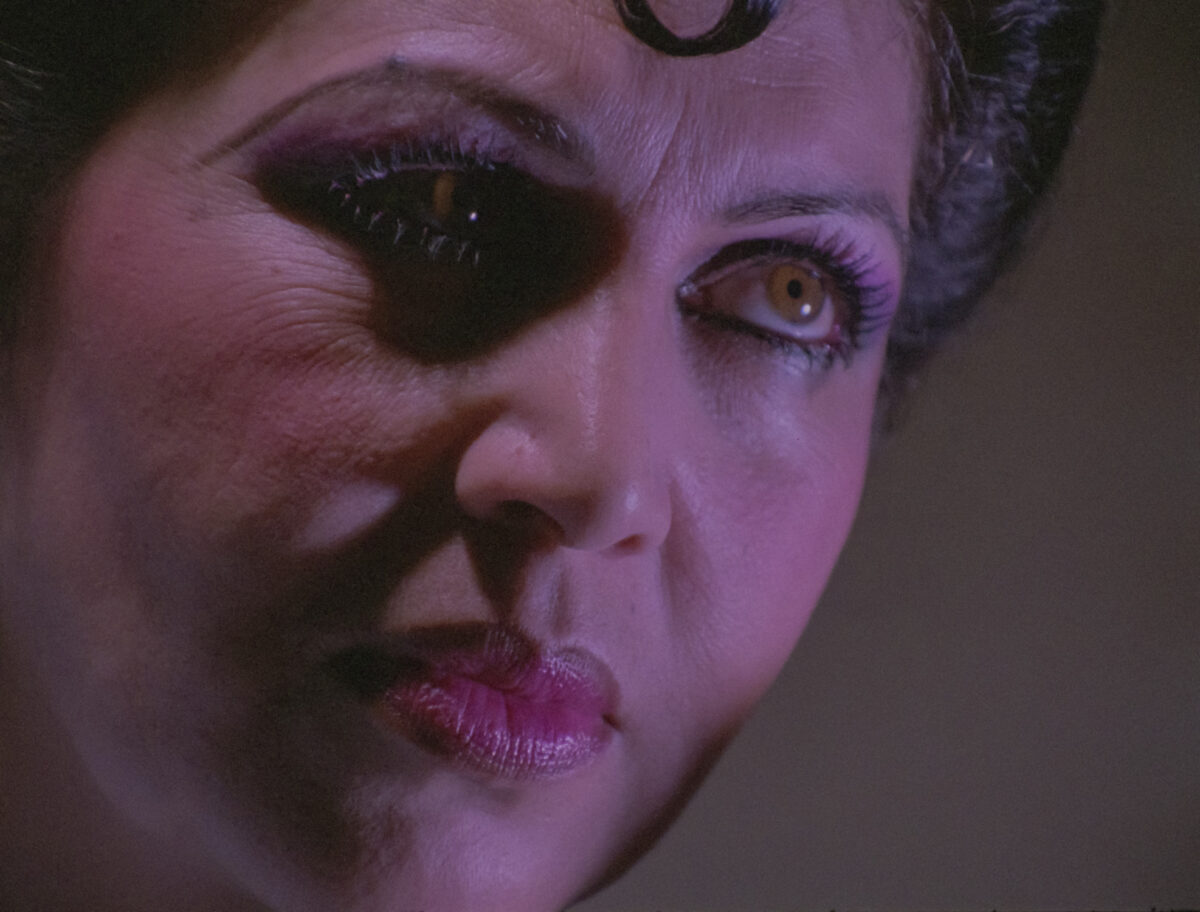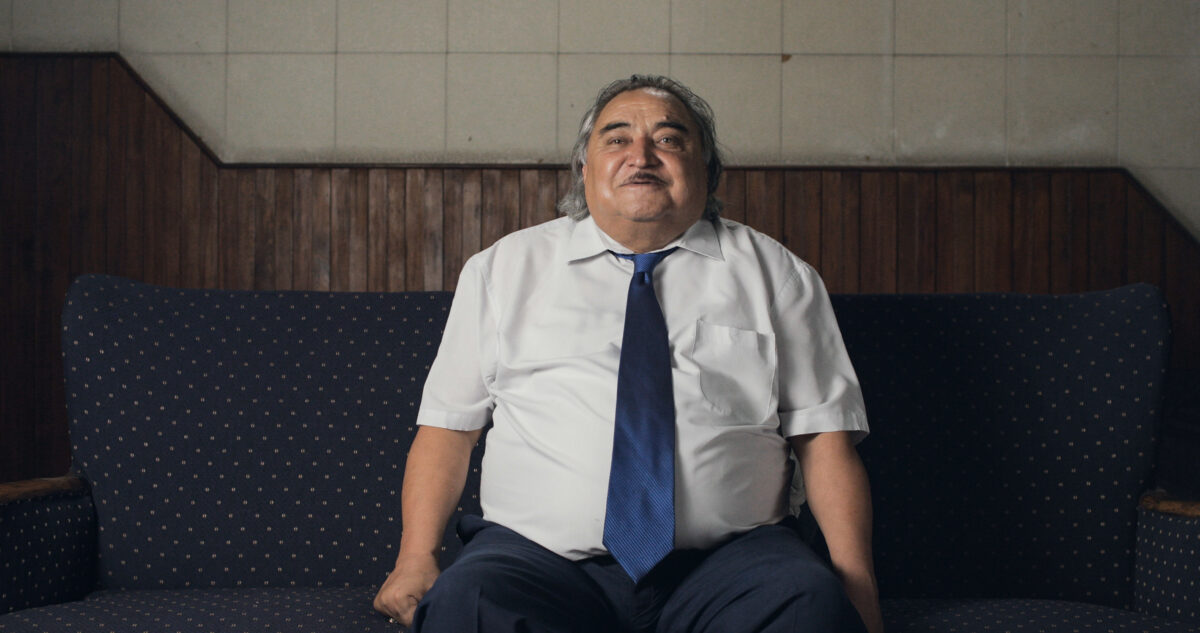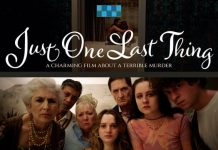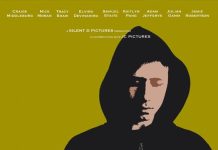There is an old adage in Hollywood that films are never finished, but abandoned and another is the camera never lies (somewhere there’s a song in that – and there was a Number One in the UK by the Eurovision champions Buck’s Fizz!)
Hollywood has often portrayed the world of Afghanistan as a point of reference in mainstream cinema. Two famous examples of this were the 1987 James Bond film THE LIVING DAYLIGHTS, which introduced Timothy Dalton to rewarding results in a short-lived (possibly regrettable) tenure as Agent 007 and the sequel RAMBO III (1988), in which John Rambo (Sylvester Stallone) had to rescue his friend and mentor Col. Samuel Trautmann (Richard Crenna) from a sadistic General, whilst effectively helping the locals obliterate the entire Russian Army.
Well, get ready for a wonderfully enlightening alternative perspective on the real truth behind the cinematic potential of local Afghan art and film-making in the new documentary WHAT WE LEFT UNFINISHED, the debut work from Mariam Ghani, a Brooklyn-born film-maker whose father happens to also be the President of Afghanistan.
Between 1978 and 1991, the region underwent tremendous upheaval and political change, firstly with an Afghan Communist coup and then with a subsequent Soviet invasion (outlined in the Stallone film as a backdrop for the action). Thirty years on, five examples of the industry emerged courtesy of the Afghan Film Archive which have been restored to as near to presentable glory and Ghani’s own desire and determination to highlight the craftsmanship and skill of these films, some of which were created against a lot of oppressive factors from both Afghan and Soviet political sensitivities.
In 2012, ninety key works were placed online to help keep the ambitions and visions of local film-makers alive and Ghani has continued to screen and write about these films.
Clips and fragments of the quintet of works are presented here, with context and some rather shocking logistical elements that would probably sober up many a Hollywood executive and film-maker, some of which ended in disarray and occasional tragedy because of the lack of consideration going on during their production.
There is also some reflection on the general attitude to gender and a woman’s place in the locality, which is also significant in these more enlightened post-Weinstein times and how local culture places pressure on conformity, but one hopes that there is process and progress in making there a more equal perspective for all involved.
WHAT WE LEFT UNFINISHED is one of the most stunning documentaries of recent years, a film that is designed and destined to educate above and beyond its’ intent – and one that will heighten the debates about diversity and gender.


